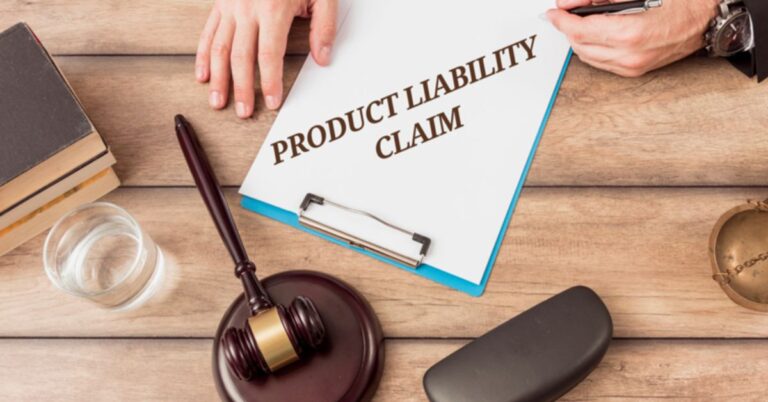Product liability law is in place to safeguard consumers against injury due to defective or unsafe products. Within the United States, manufacturers, retailers, and distributors are all liable when a product does not meet safety specifications. If you’ve been harmed by a faulty product, you’ll want to know about various types of product liability claims and how they apply.
1. Design Defects
A design problem is when a product has a fault that makes it inherently harmful even before it is created. This means that the product is unsafe even if used for its intended purpose. Examples include cars with inadequate rollover protection or home appliances that are a fire hazard.
To establish a design defect, plaintiffs need to demonstrate that a safer alternative design was feasible and that the initial design created unnecessary risks. Product liability lawyers at Fuicelli & Lee are adept at demonstrating how such design flaws could and should have been prevented.
2. Manufacturing Defects
Manufacturing flaws arise when a product is made or put together. Manufacturing flaws typically affect a few goods in a batch, as opposed to design flaws, which affect every item produced. This may include a cracked bicycle frame or a bottle of drugs that becomes contaminated while being packed. Defective manufacture claims will require evidence of the departure from the planned design as well as this this defect directly leading to harm. Inspection reports, expert reports, and recall statements generally bolster these cases.
3. Neglecting to Issue Warnings (Marketing Flaws)
Products that are harmful in certain situations but lack the appropriate warnings or instructions are known as marketing faults or failure to warn. A drug that fails to list potential side effects, for instance, or a chemical product that does not have proper instructions for application could cause injury from information deficiency. Manufacturers must notify consumers of known hazards. If they fail to do so, they will be held responsible for injury caused by uninformed use.
The Contribution of Rules and Product Examination
Many consumer products are regulated by federal safety standards that are set by agencies like the Consumer Product Safety Commission (CPSC) and the Food and Drug Administration (FDA). Despite these regulations, faulty products do find their way into the market due to negligence, cost-saving, or oversight. Attorneys use these standards as a reference point for comparison to ascertain liability.
How Lawyers Help
Product liability claims often become complicated in that they require the application of technical knowledge, expert witness testimony, and meticulous legal strategy. There are many ways a product can become defective because of a design flaw, a manufacturing defect, or a failure to warn the consumer. The product liability attorneys help victims navigate the tricky process and get compensated for their injuries.
Product liability claims often require confronting large corporations protected by formidable legal departments. This makes hiring an experienced attorney all the more essential. Navigating a product liability claim, from locating the defect to negotiating with insurers or going to trial, often leaves any injured person mentally drained. Having competent legal representation makes the process easier and improves the chances for a proper resolution.

